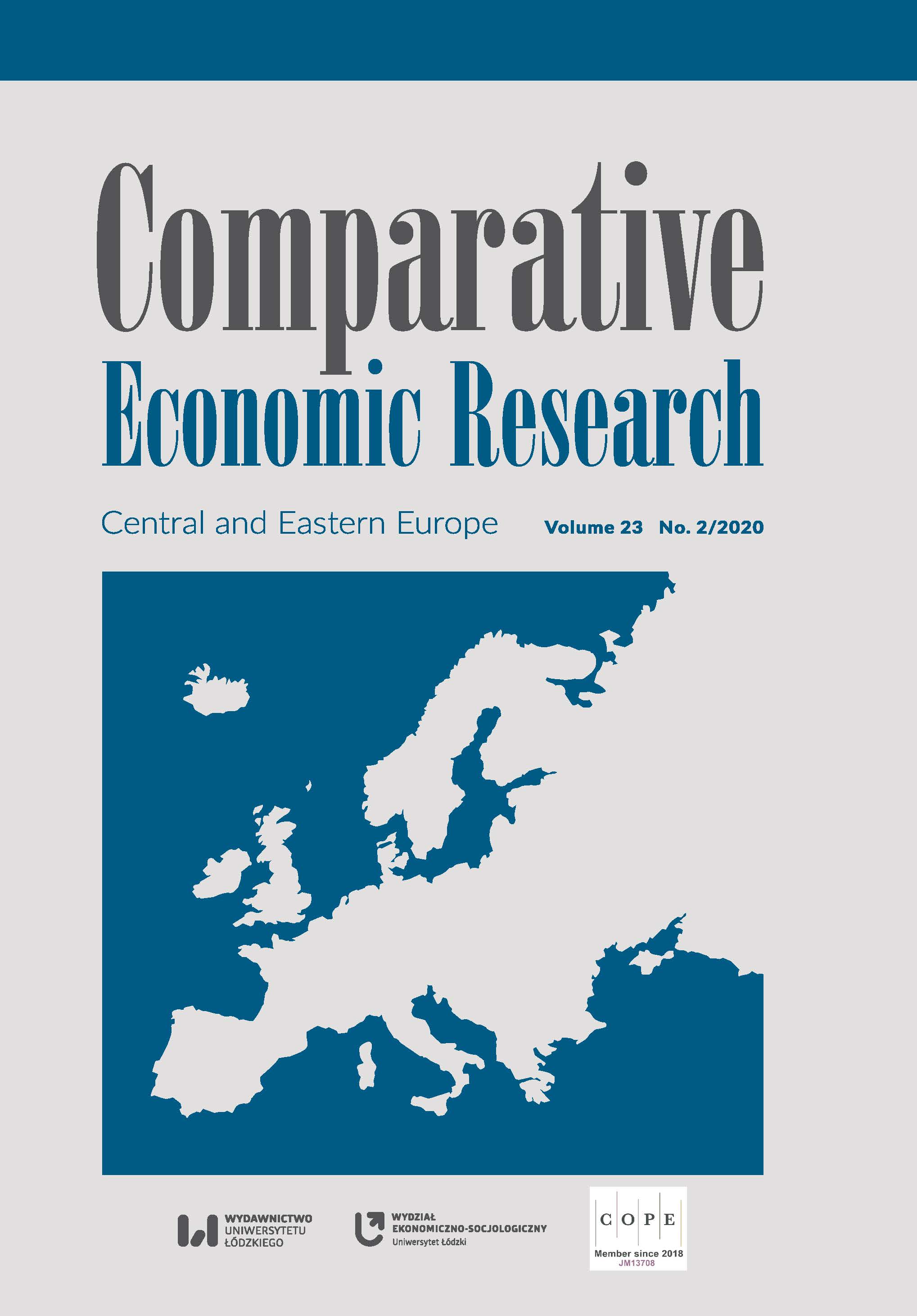Methodology for Assessing the Influence of Cultural Infrastructure on Regional Development in Poland and Ukraine
DOI:
https://doi.org/10.18778/1508-2008.23.10Keywords:
social infrastructure, cultural infrastructure, human development, regional developmentAbstract
The aim of the article is to characterize the level of the region’s diversification according to the cultural component of social infrastructure based on grouped statistical indicators. This paper uses Perkal’s synthetic ratio method to characterize the level of cultural infrastructure development in Ukrainian and Polish regions. The analysis, conducted between 2010 and 2017, concerned cultural organizations such as libraries, theaters, concert organizations, museums, cinemas, art and sports schools, and was based on regional data of Polish and Ukrainian public statistics. It was found that the primary barriers to access to cultural infrastructure are inadequate funding, disability, geographic remoteness, disparities in education, and material living conditions. The determinants of modernizing cultural infrastructure in the region are defined.
Downloads
References
Allison Brugg Bawden (2002), Access and the Cultural Infrastructure, Center for Arts and Culture Art., “Culture & the National Agenda Issue Paper”.
Google Scholar
Analiza Zrożnicowania Wewnątrzregionalnego Wojewodztwa Wielkopolskiego 2017 [Analysis of Intraregional Diversity of the Wielkopolska Region 2017] (2018), Wielkopolskie Regionalne Obserwatorium Terytorialne, Poznań (in Polish).
Google Scholar
Bryson, J.R. (2007), Arts, Dance, Cultural Infrastructure, and City Regeneration: Knowledge, Audience Development, Networks, and Conventions, and the Relocation of a Royal Ballet Company from London to Birmingham, “Norsk Geografisk Tidsskrift. Norwegian Journal of Geography”, Vol. 61 (3), pp. 98–110, Oslo. https://doi.org/10.1080/00291950701553848
Google Scholar
DOI: https://doi.org/10.1080/00291950701553848
Florida, R. (2005). The Flight of the Creative Class. Harper Business, New York. https://doi.org/10.4324/9780203997673
Google Scholar
DOI: https://doi.org/10.4324/9780203997673
Gokce Sanul & Bas van Heur (2018), Urban Citizenship and Cultural Infrastructures of Common Life in Istanbul City, Vol. 22, pp. 801–819. https://doi.org/10.1080/13604813.2018.1549854
Google Scholar
DOI: https://doi.org/10.1080/13604813.2018.1549854
Kultura w 2017 r. Informacje statystyczne [Culture in 2017. Statistical information] (2018). Głowny Urząd Statystyczny, Warszawa (in Polish).
Google Scholar
Public Libraries in the United States Survey, (2014), Institute of Museum and Library Services.
Google Scholar
Revko, A. (2017), Problemy i infrastruktura społeczna na rynku pracy Ukrainy [Problems and Social Infrastructure in the Labor Market of Ukraine], “Rynek pracy”, Vol. 4 (163), pp. 30–36, Warszawa.
Google Scholar
Rossel, J., Weingartner, S. (2016), Opportunities for cultural consumption: How is cultural participation in Switzerland shaped by regional cultural infrastructure? “Rationality and Society”, Vol. 28 (4), pp. 363–385. https://doi.org/10.1177/1043463116658872
Google Scholar
DOI: https://doi.org/10.1177/1043463116658872
Downloads
Published
How to Cite
Issue
Section
License

This work is licensed under a Creative Commons Attribution-NonCommercial-NoDerivatives 4.0 International License.











